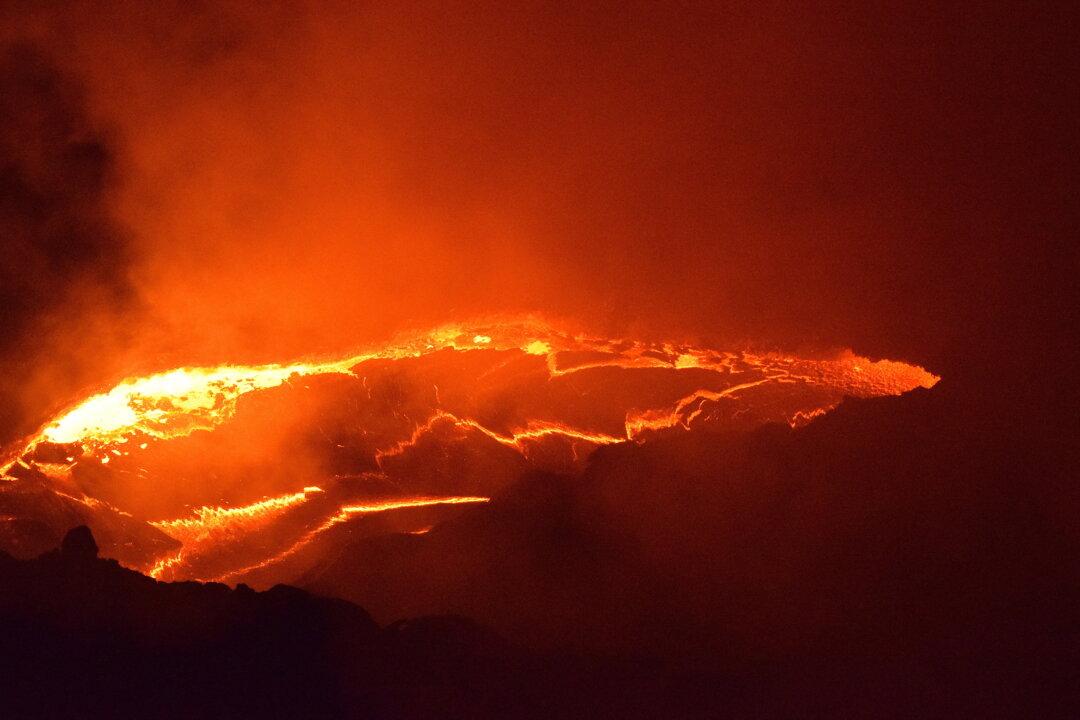We stopped in our tracks and counted the dogs. Ten. Fifteen. Over twenty, someone shouted. The pack sprinted through the woods, snarling and howling. They galloped at well over 45 kilometres an hour, a blur of black and tan fur that dappled the space between jackalberry and sausage trees. White-tipped tails swung behind them like feathery pompoms.
I scrambled for my camera, but they were gone before I could focus.
Name Dihoro, our guide, revved the engine, and sped in the direction the dogs were headed. His Land Cruiser grunted and groaned over tall pampas grass, thorny scrub, and dry, mopane woodlands. We barrelled over saplings and ducked under leafy branches that swung thru our open game drive vehicle. Dihoro plowed through a marshy pool that swelled from the Land Cruiser’s weight. Water skimmed the top of the doors. What if we get stuck, I wondered.





